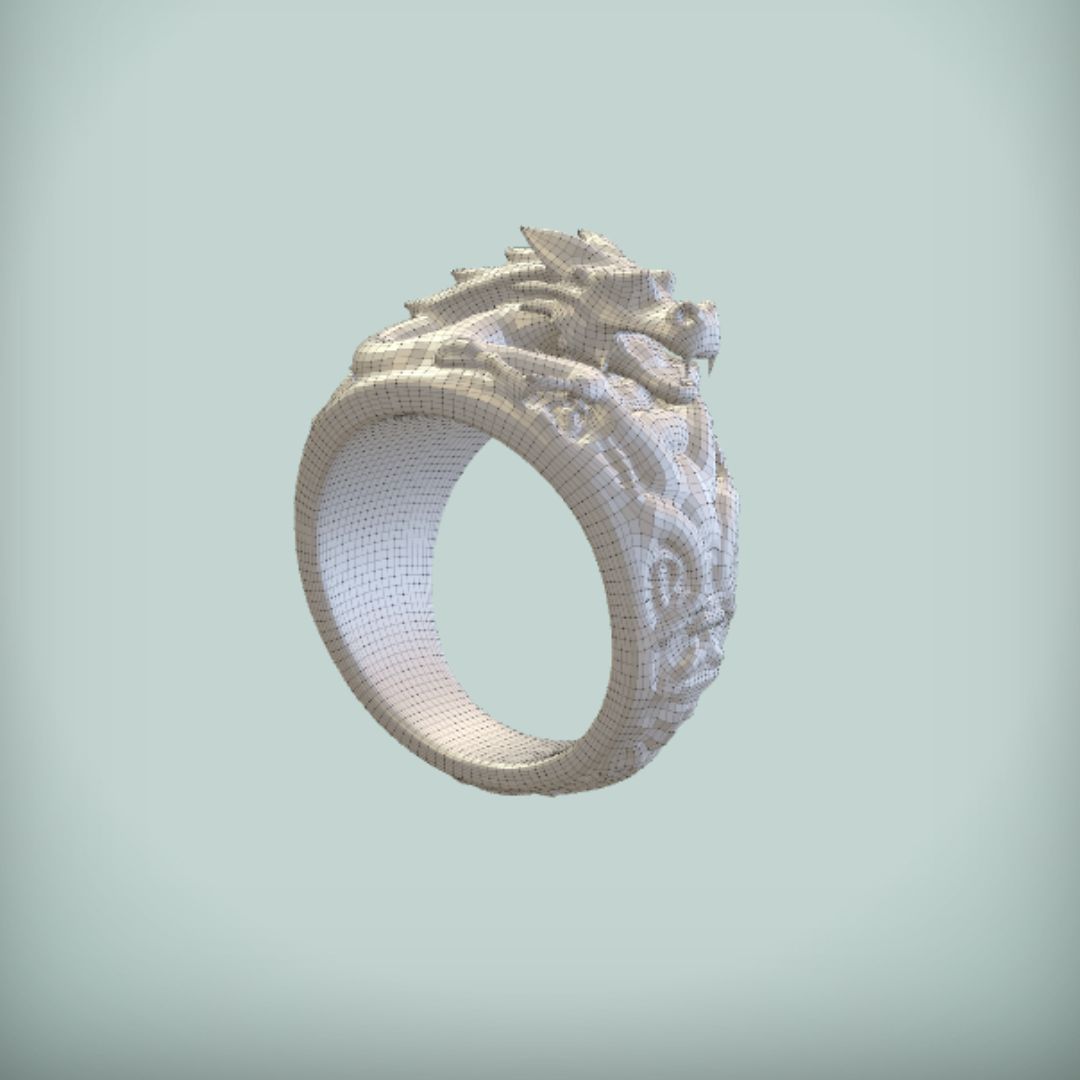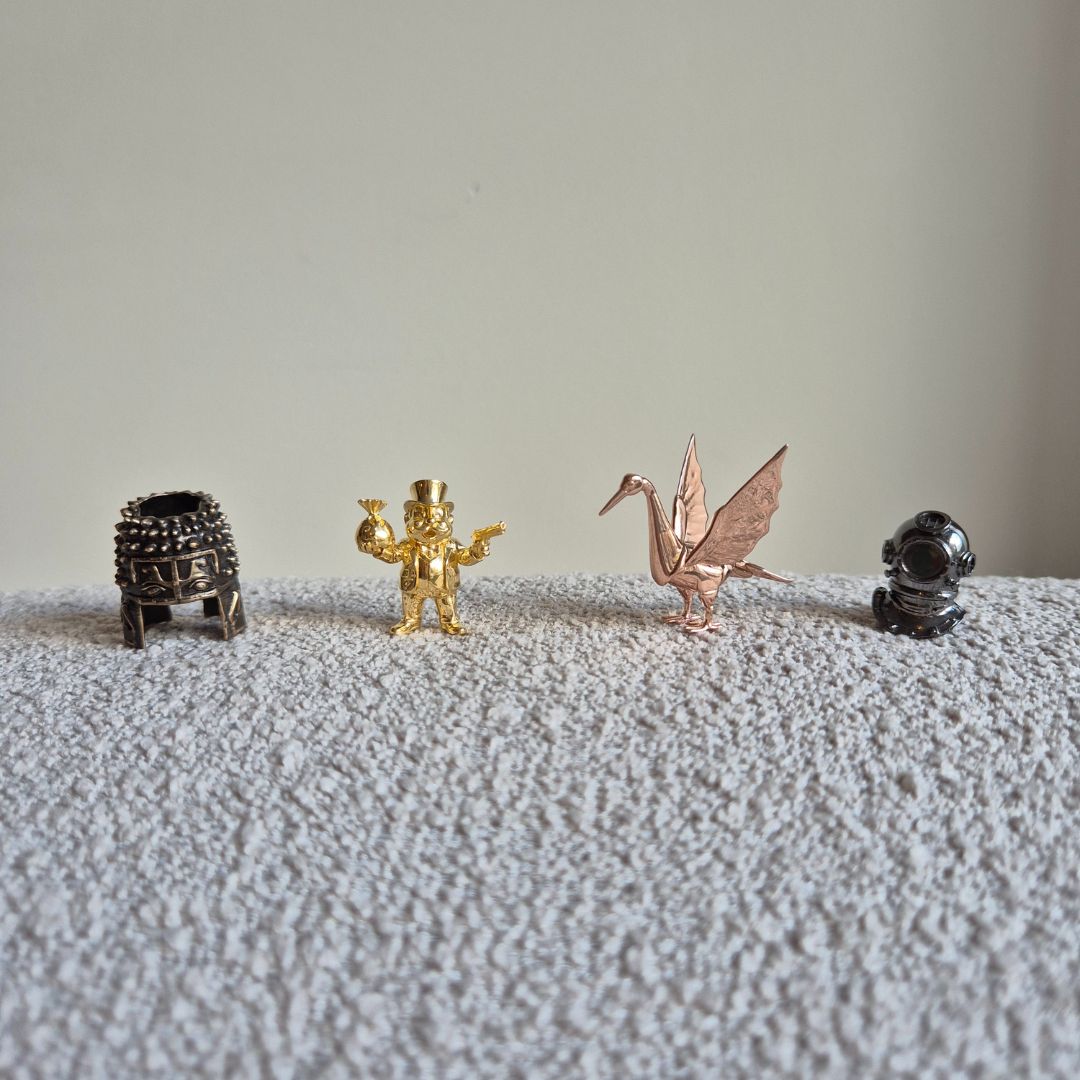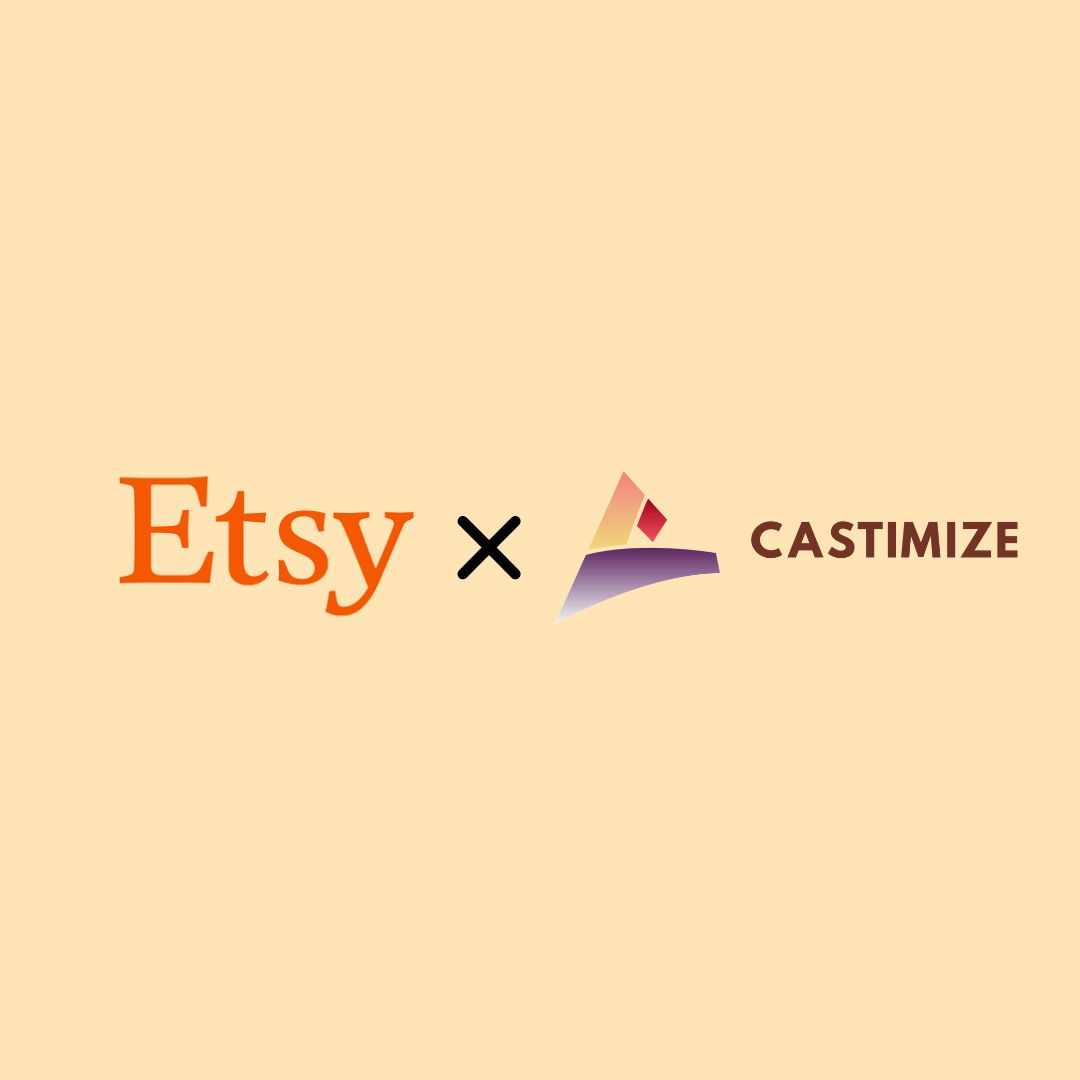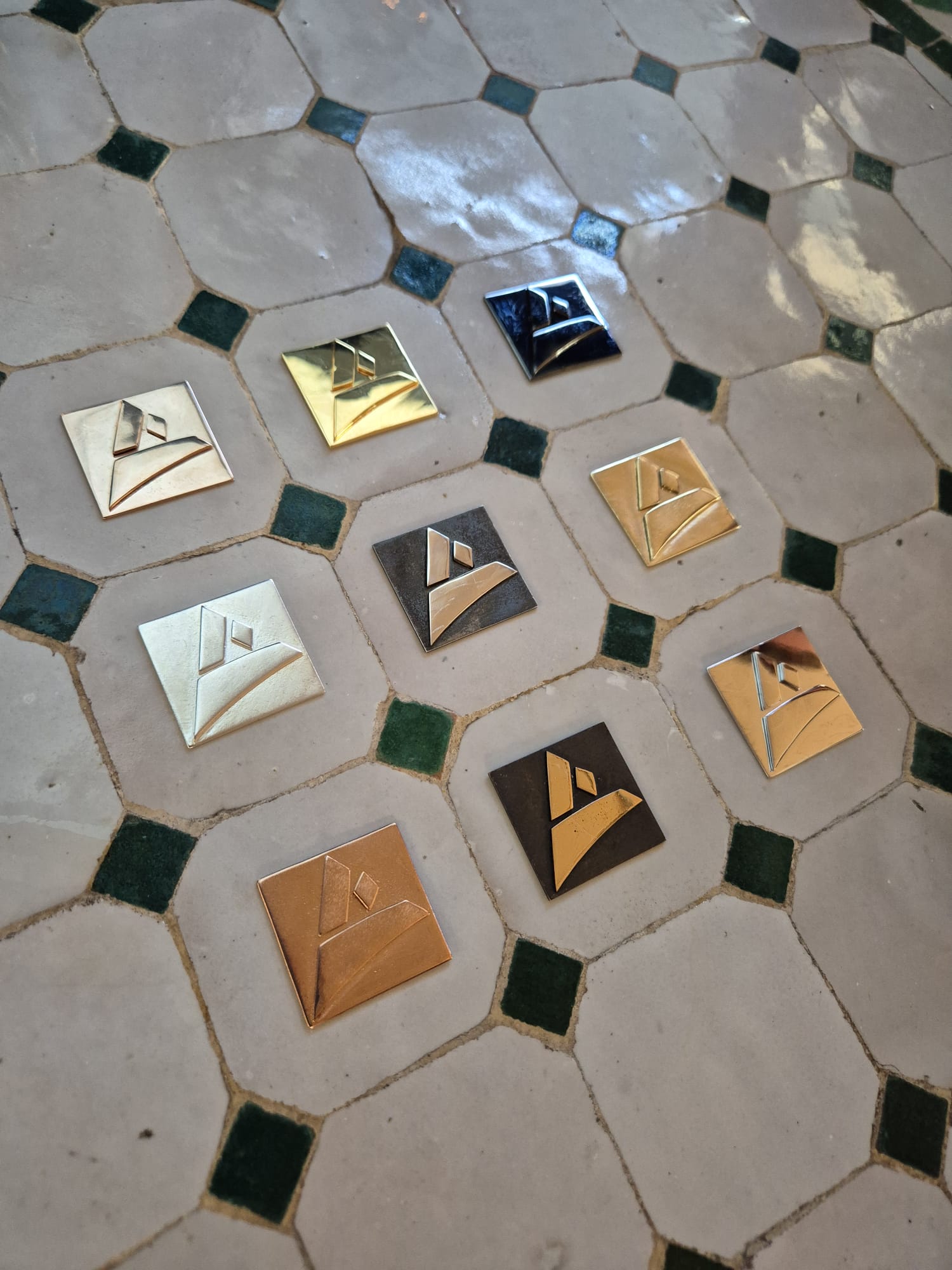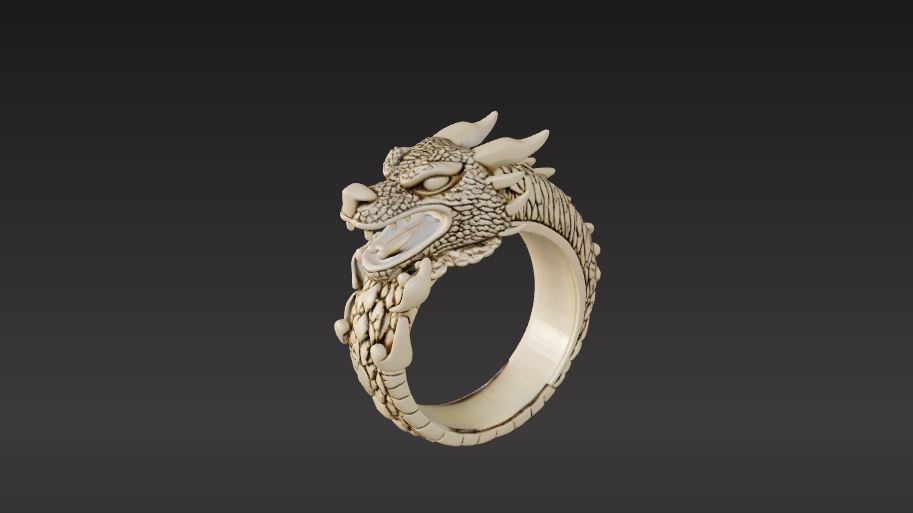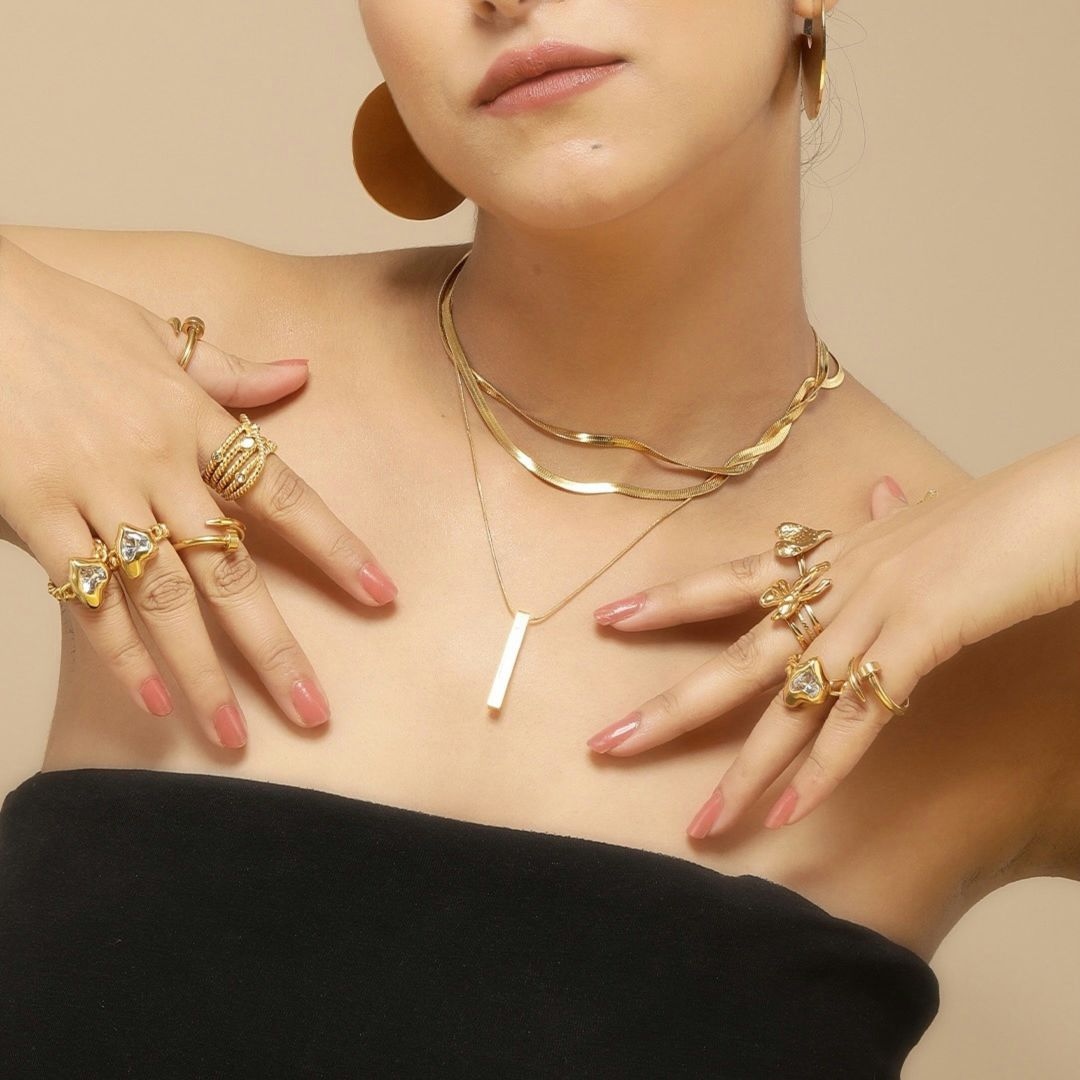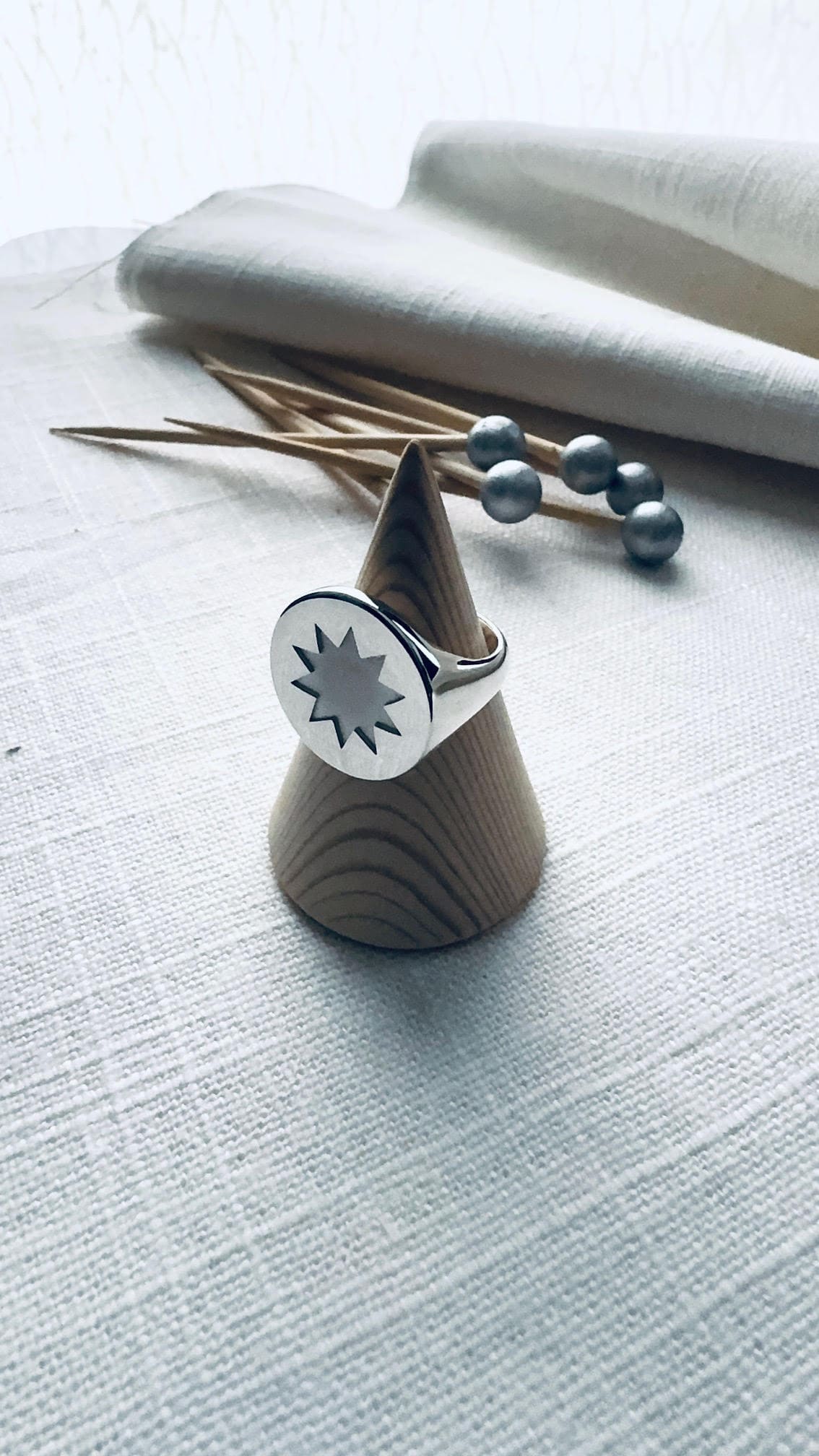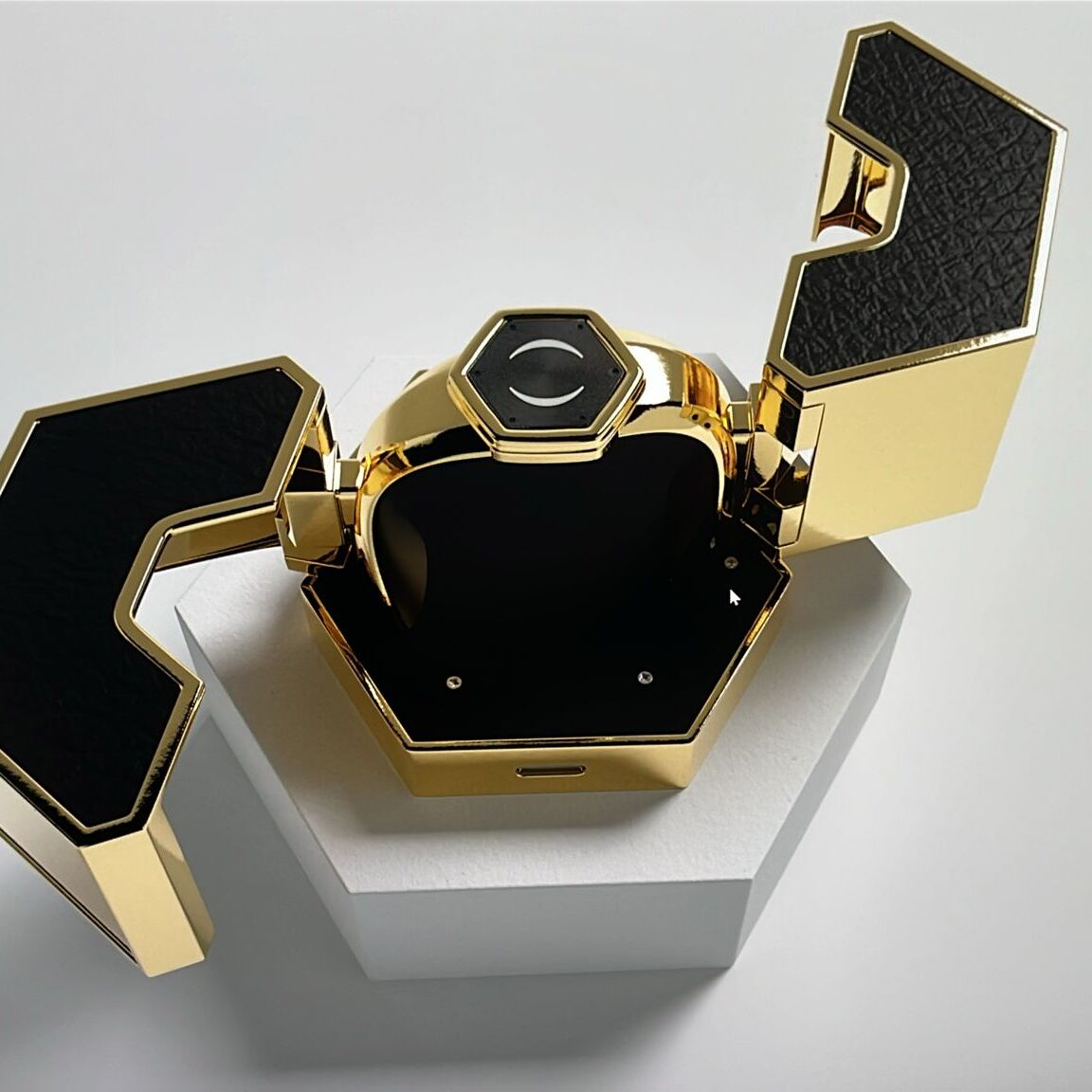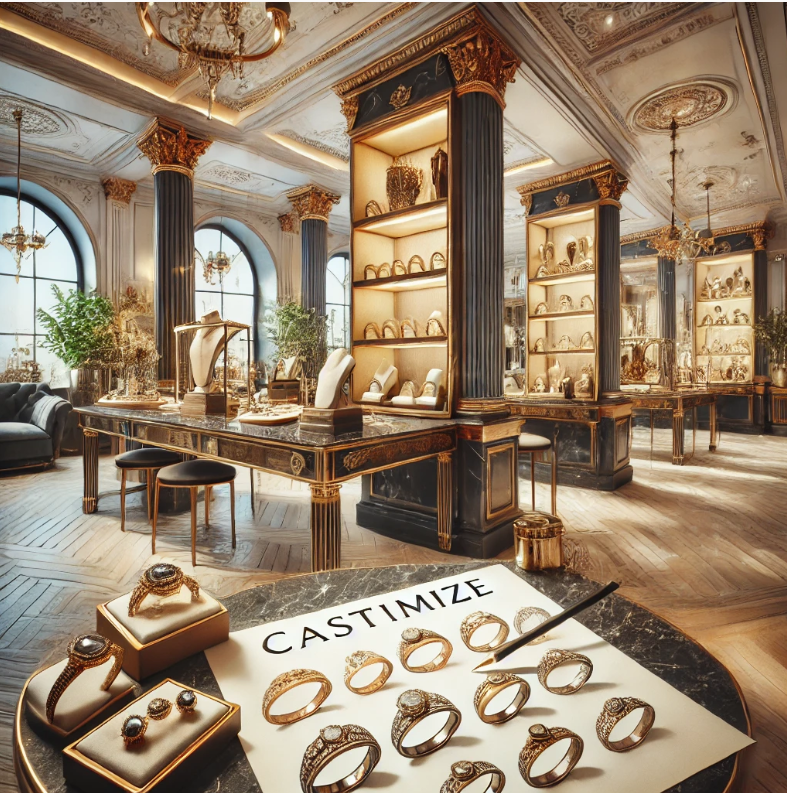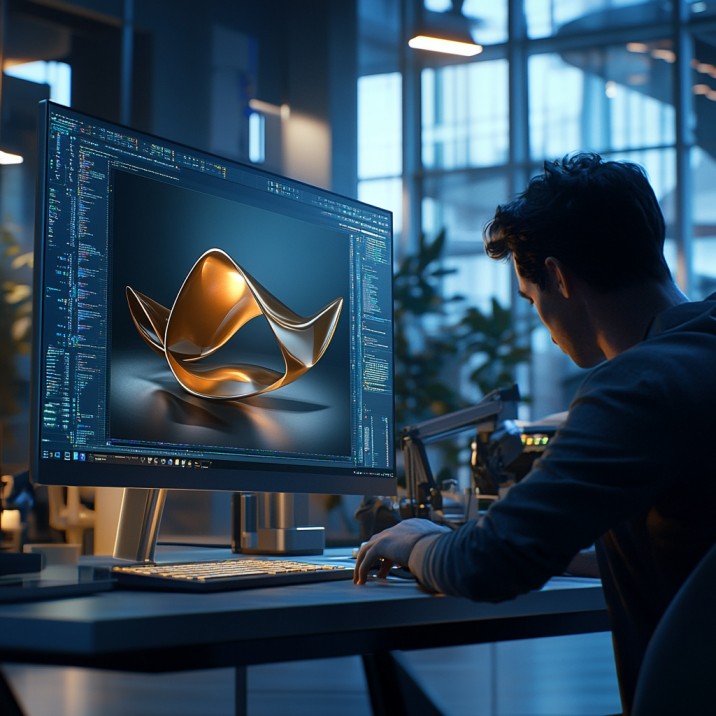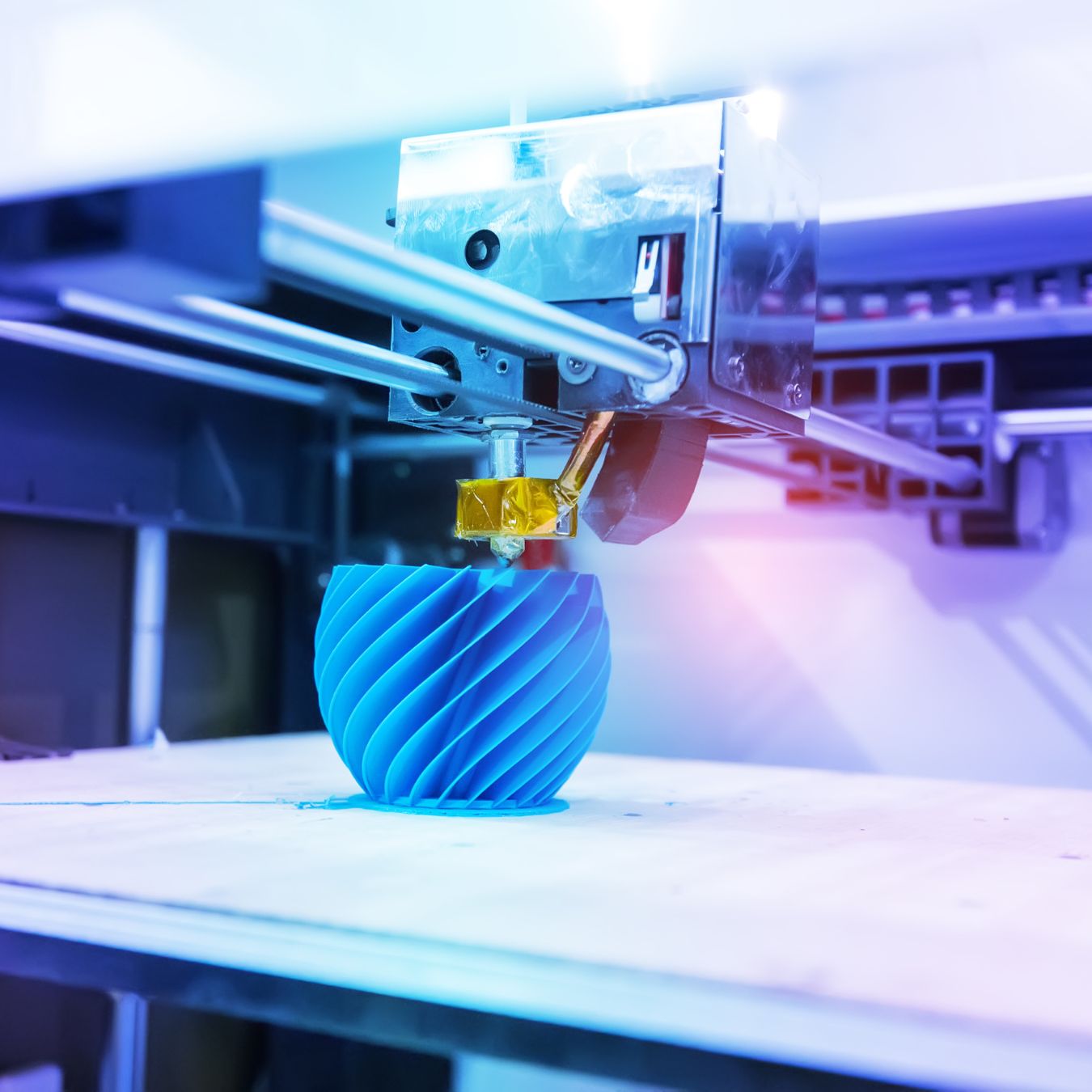Generative AI will play a major role in the future of 3D design. New tools like Rodin, Meshy, Instant Mesh, Maker World and Charmed AI are opening up exciting possibilities by allowing anyone – not just trained 3D designers – to create original models based on simple prompts or sketches.
We’re watching this space with great interest. Generative AI holds the potential to make custom 3D design radically more accessible. And once you have a 3D model, that’s where we come in: transforming your vision into reality through high-quality metal casting.
In this blog, we put our favorite generative AI software to the test—and assess how well the results perform when translated to lost wax casting. The outcome? Promising, but not quite production-ready.
Why AI-Generated 3D Designs Aren’t Ready for Lost Wax Casting (Yet)
Casting is a precision craft. Unlike rendering or 3D printing, it requires attention to detail that goes far beyond generating a cool-looking 3D model. We deal with technical constraints like minimum wall thickness, smooth transitions, and geometric precision. Many AI-generated designs fail to meet these standards, making them difficult or even impossible to cast using techniques like lost wax casting.
We came across a benchmark video by 3D Revolution Store that evaluates several tools side by side (see below, it’s a must-watch). Rodin AI came out on top, and we agreed. So, we decided to give Rodin a real-world trial.
Generate your own 3D design with Rodin?
Transforms 2D images and text into high-quality 3D models with ease.
Putting Rodin to the Test
We selected two 3D designs generated by Rodin and produced them using our casting process. Below, you’ll find images of the final cast pieces. While the results are exciting, the limitations are also clear:
- Some parts were too fragile to survive casting
- Missing geometry due to unconstrained or random AI mesh generation
- Fine details turn out inconsistent or just poorly
- Surfaces that require extensive manual polishing
- Design features that need to be re-engineered before production
Still, the fact that we could cast these designs at all is a small win, and a sign of what’s to come.
AI generated dragon ring, casted in brass
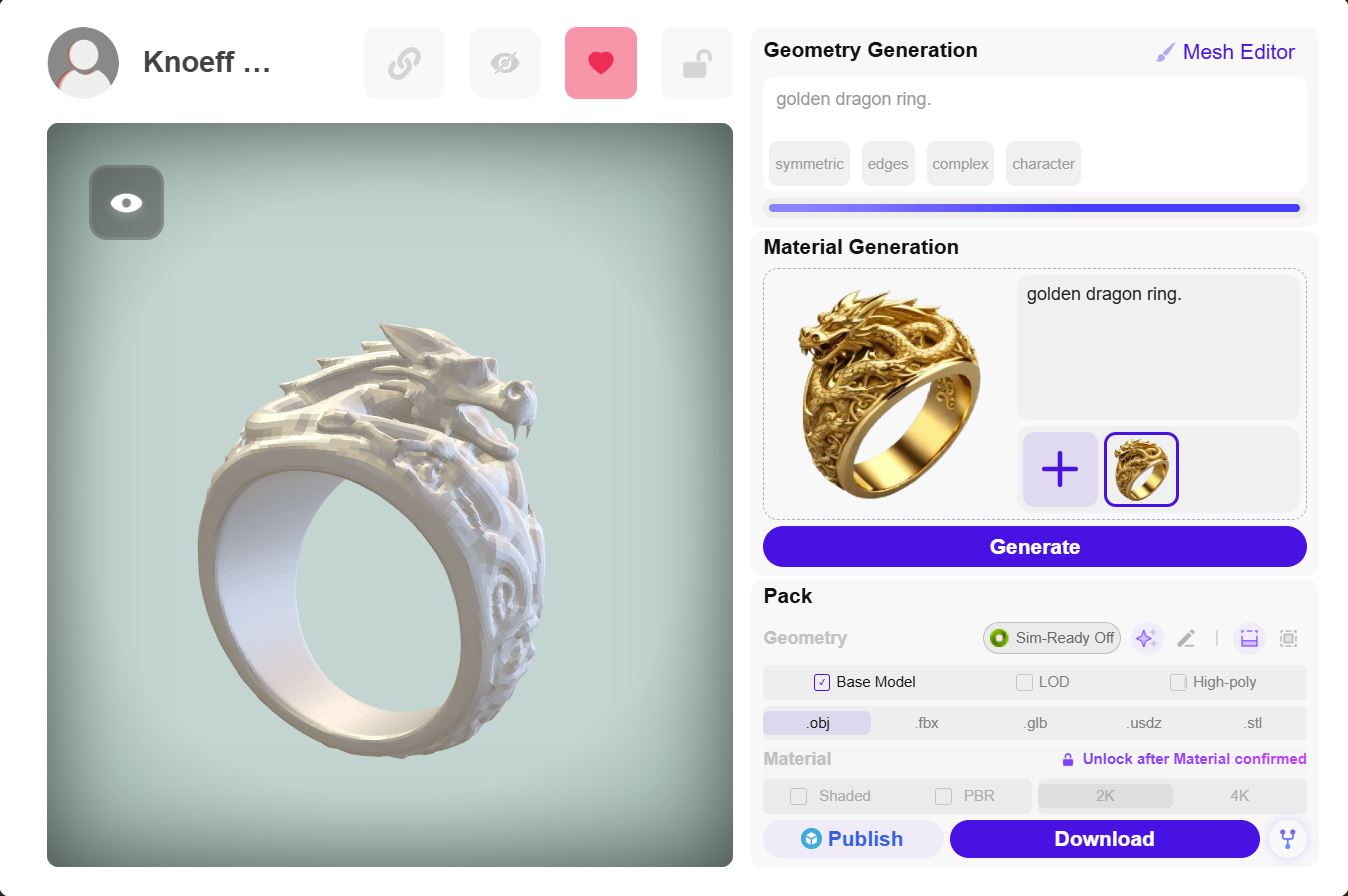
Rodin AI interface showing the initial dragon design
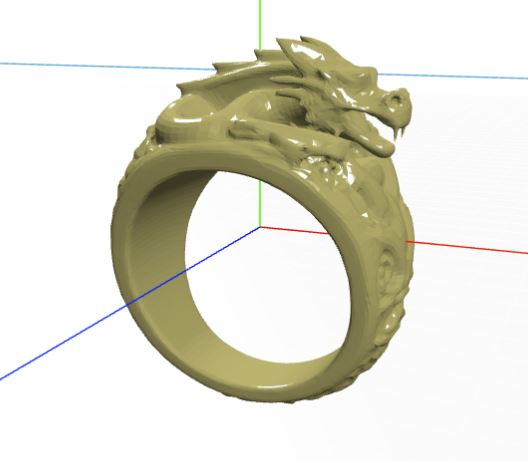
Model uploaded to Castimize platform for analysis and production
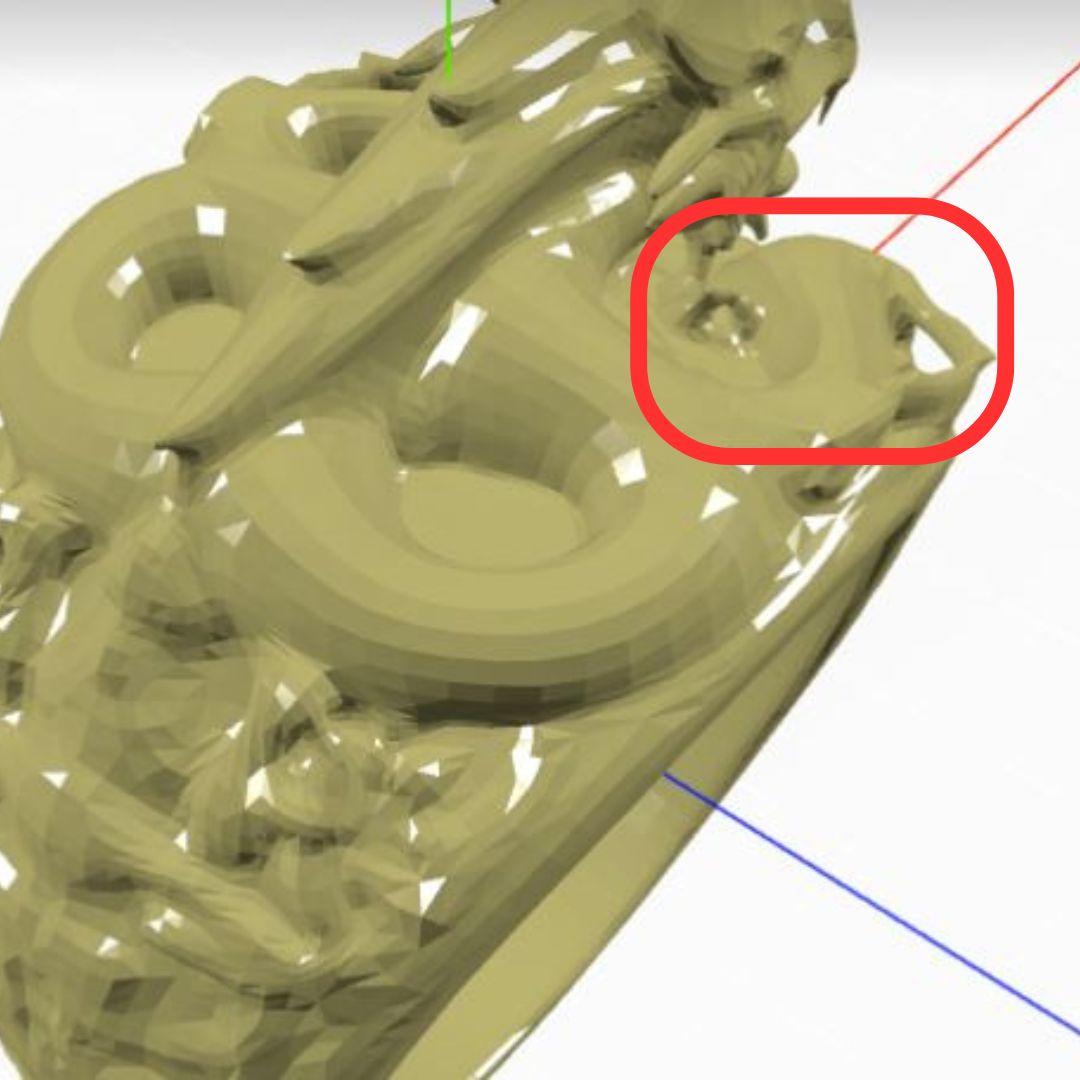
Close-up of flagged flaws, like unsupported overhangs and sharp transitions
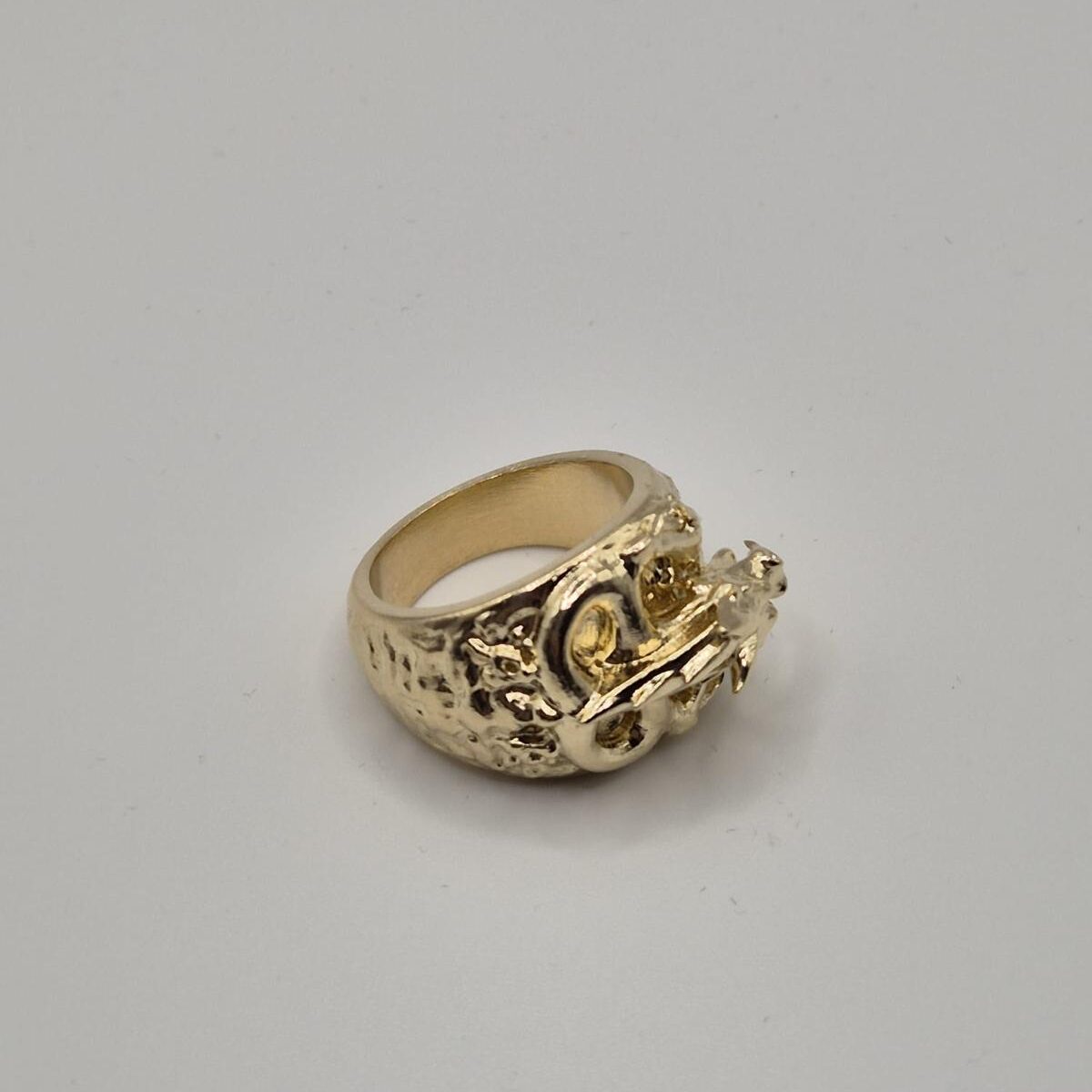
The final casted version. Visible imperfections demonstrate AI’s current limitations in physical manufacturing

Side view showing how well the overall geometry translated to metal.
AI generated floral ring, casted in brass
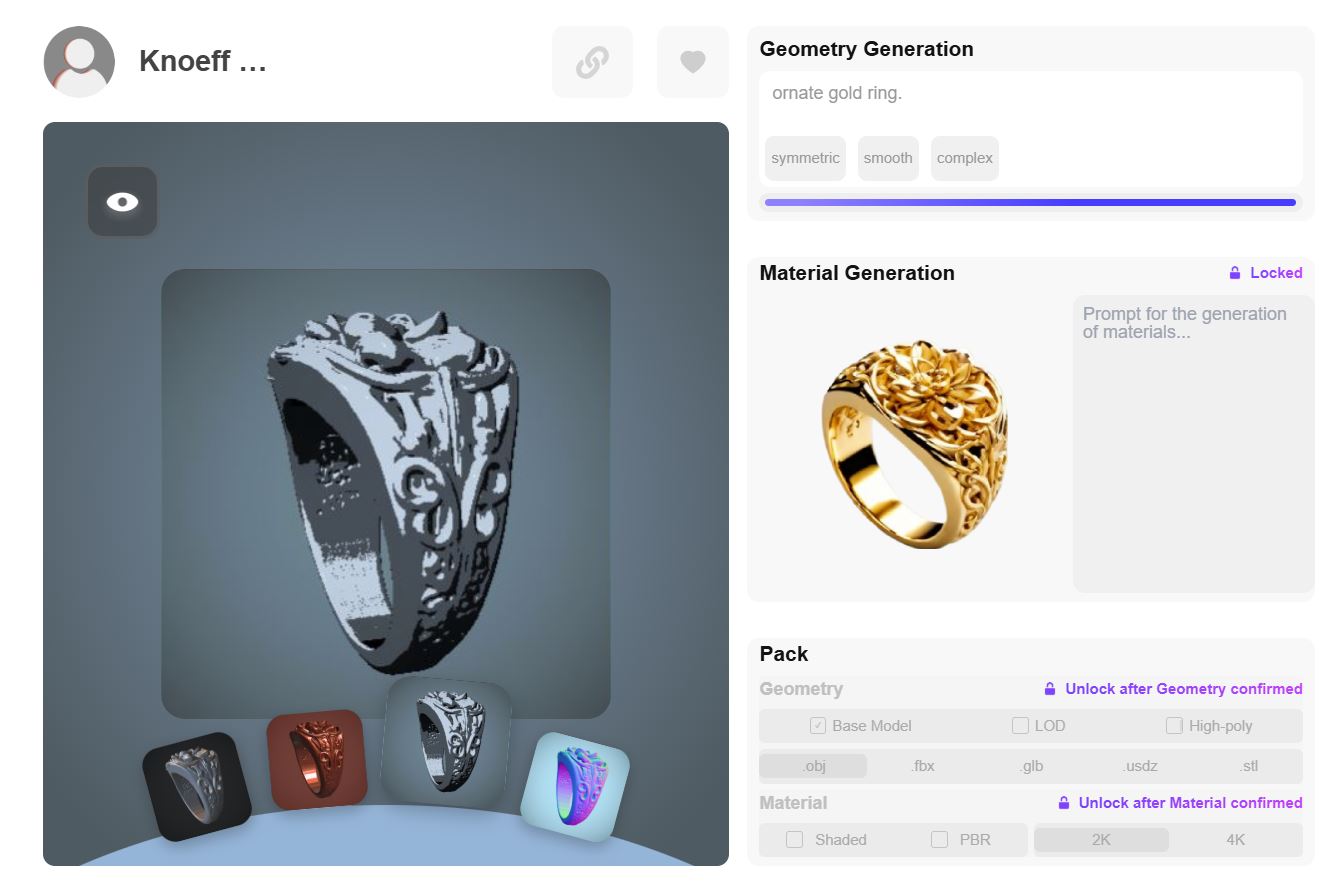
Rodin AI shows the initial floral design
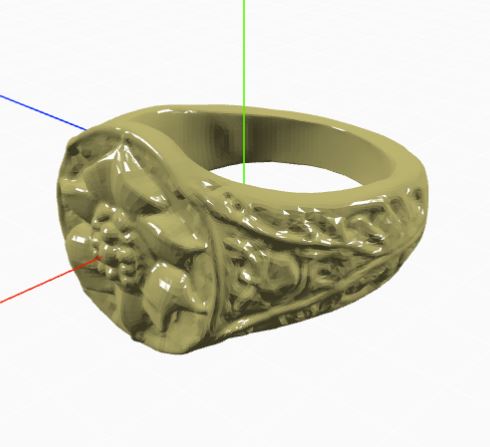
Preview of the floral ring after uploading to Castimize, ready for technical evaluation.
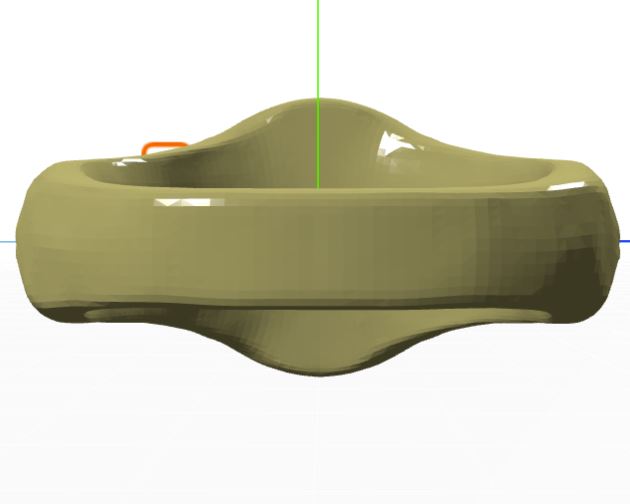
The model contains asymmetrical details that may affect the casting outcome.
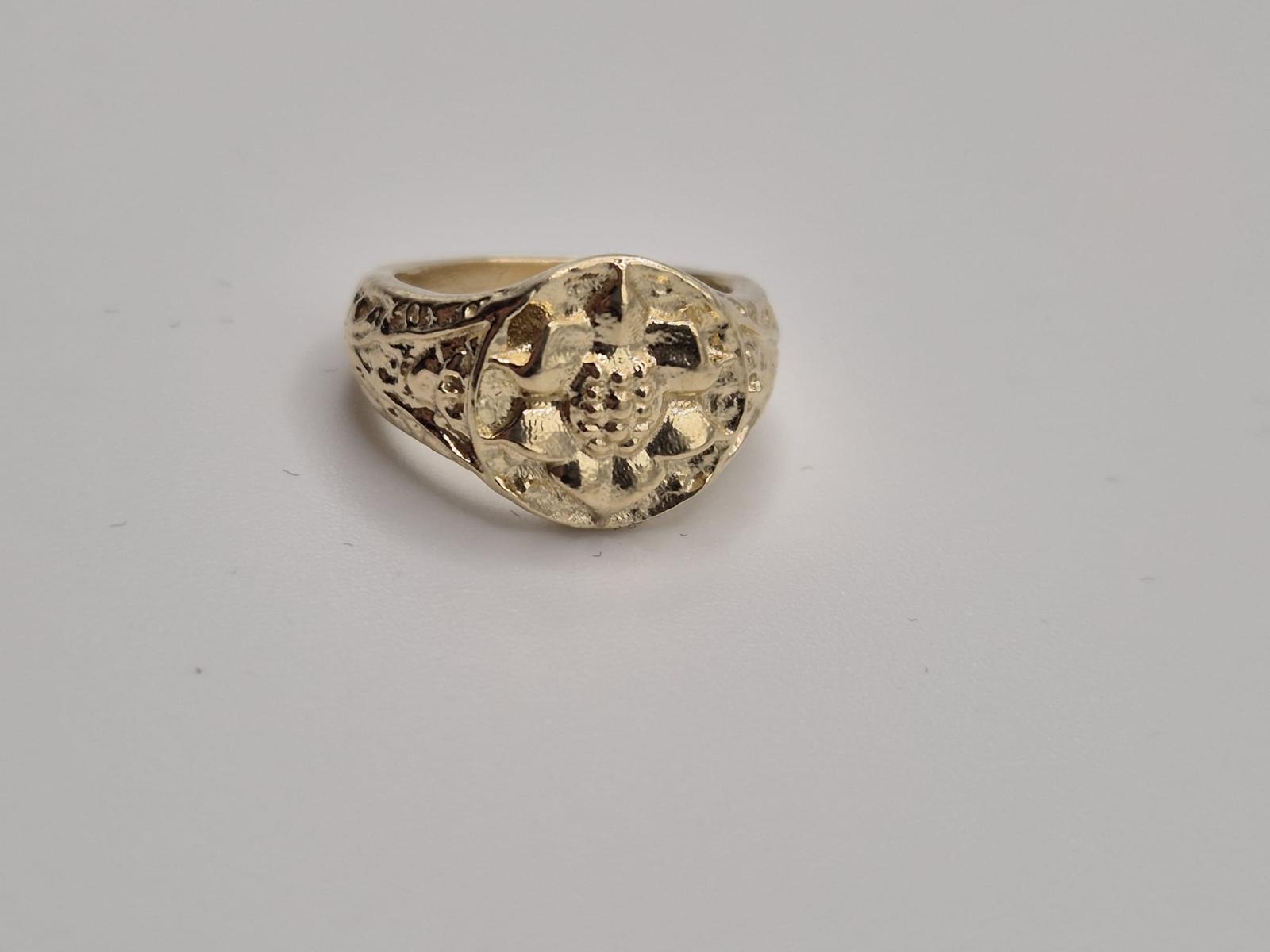
The final casted floral ring, based on a Rodin AI-generated model.
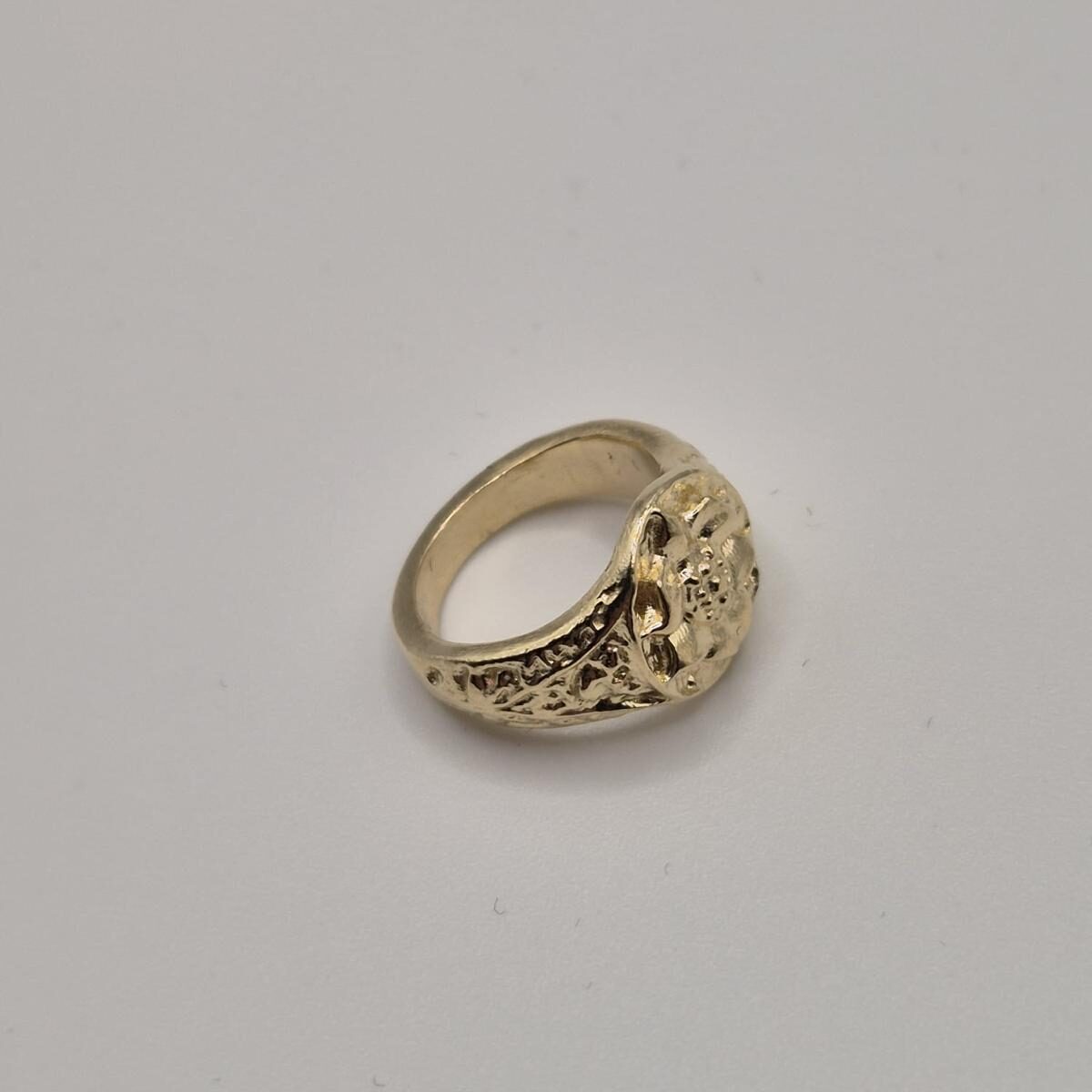
Side view, revealing surface inconsistencies and loss of fine detail
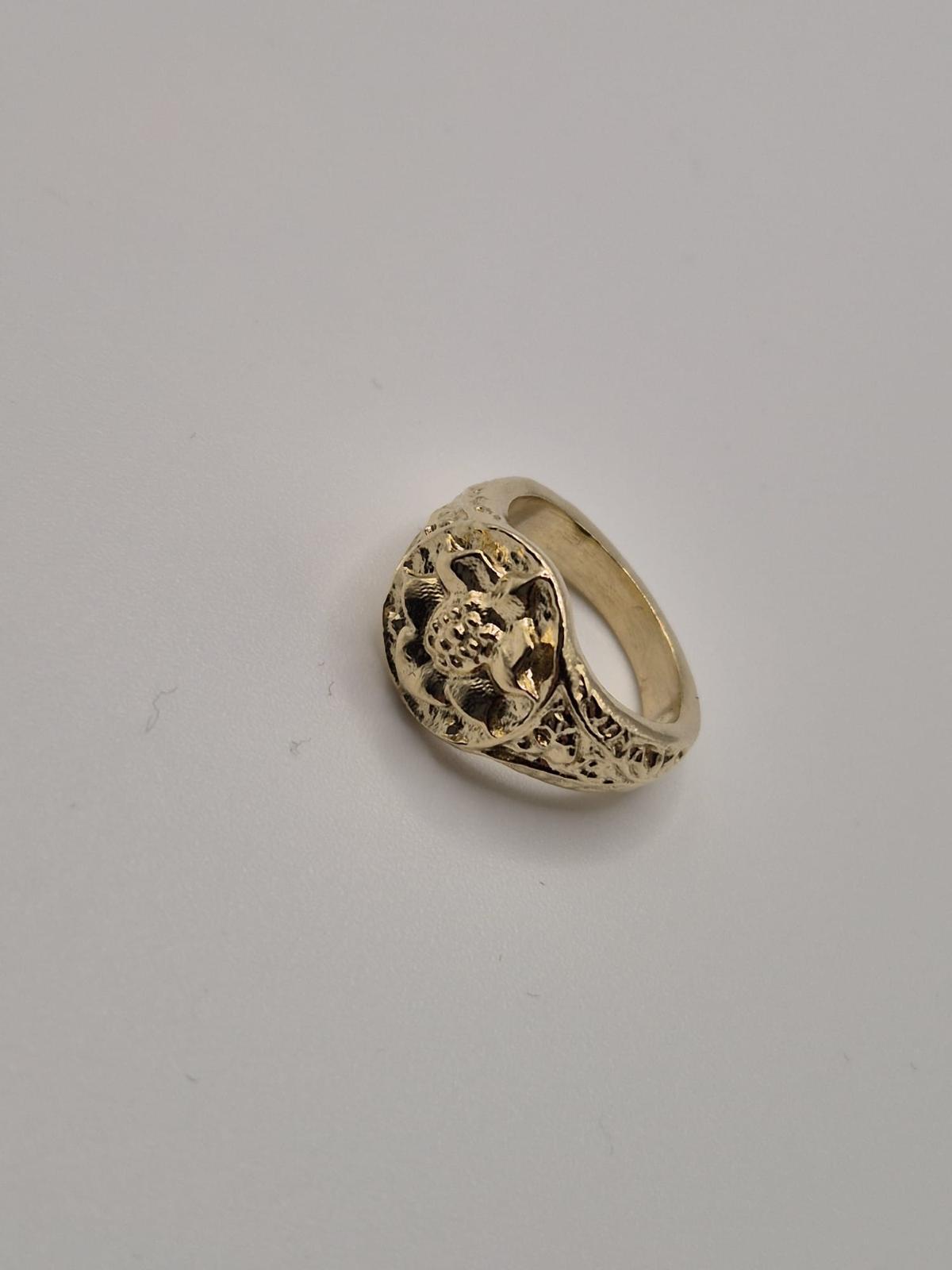
Despite the limitations of the final cast, the ring structure held up well.
What’s Next?
Generative AI for 3D design is improving fast, but it’s still early days – especially when it comes to precision manufacturing like lost wax casting. We’re keeping a close eye on the space, and we’ll be among the first to integrate this technology into our platform when the time is right.
We’re excited for a future where anyone can dream up a design and see it cast in precious metal – no 3D modeling skills required. Until then, we’re here to support creators, jewelers, and makers with a powerful combination of human skill and cutting-edge technology.
Stay tuned. The future is shaping up beautifully!
Have an idea for casting? Let’s make it real.
Custom metal casting in gold, silver, bronze & more.
High quality, fair prices, worldwide shipping. 🌍⚒️

